Related Research Articles
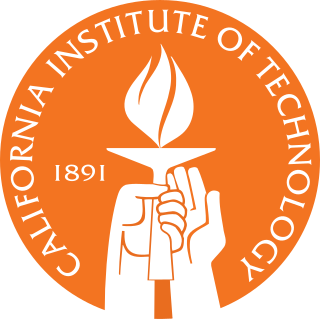
The California Institute of Technology (branded as Caltech) is a private research university in Pasadena, California. The university is responsible for many modern scientific advancements and is among a small group of institutes of technology in the United States that are strongly devoted to the instruction of pure and applied sciences. Due to its history of technological innovation, Caltech has been considered to be one of the world's most prestigious universities.
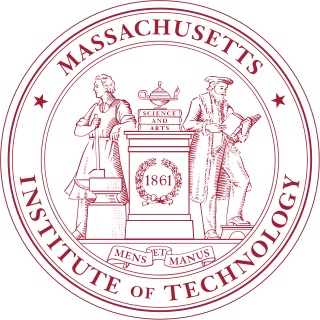
The Massachusetts Institute of Technology (MIT) is a private land-grant research university in Cambridge, Massachusetts. Established in 1861, MIT has played a significant role in the development of many areas of modern technology and science.

Gordon Earle Moore was an American businessman, engineer, and the co-founder and emeritus chairman of Intel Corporation. He proposed Moore's law which makes the observation that the number of transistors in an integrated circuit (IC) doubles about every two years.
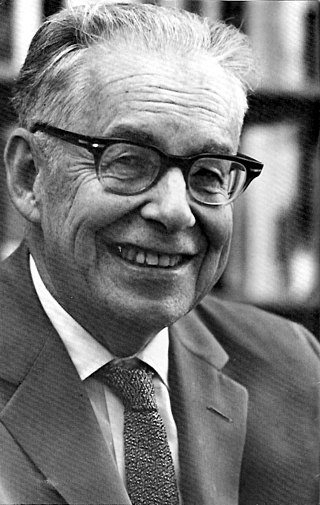
Charles Francis Richter was an American seismologist and physicist. He is the namesake and one of the creators of the Richter magnitude scale, which, until the development of the moment magnitude scale in 1979, was widely used to quantify the size of earthquakes. Inspired by Kiyoo Wadati's 1928 paper on shallow and deep earthquakes, Richter first used the scale in 1935 after developing it in collaboration with Beno Gutenberg; both worked at the California Institute of Technology.

Rudolph Arthur Marcus is a Canadian-born American chemist who received the 1992 Nobel Prize in Chemistry "for his contributions to the theory of electron transfer reactions in chemical systems". Marcus theory, named after him, provides a thermodynamic and kinetic framework for describing one electron outer-sphere electron transfer. He is a professor at Caltech, Nanyang Technological University, Singapore and a member of the International Academy of Quantum Molecular Science.
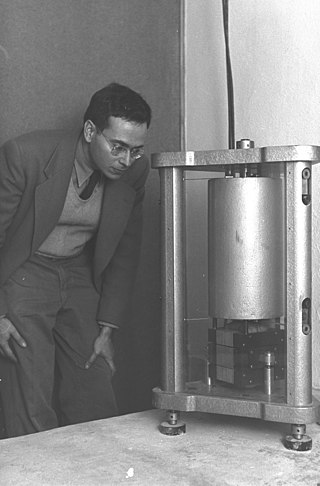
Frank Press was an American geophysicist. He was an advisor to four U.S. presidents, and later served two consecutive terms as president of the U.S. National Academy of Sciences (1981–1993). He was the author of 160 scientific papers and co-author of the textbooks Earth and Understanding Earth.
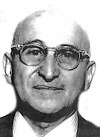
Beno Gutenberg was a German-American seismologist who made several important contributions to the science. He was a colleague and mentor of Charles Francis Richter at the California Institute of Technology and Richter's collaborator in developing the Richter magnitude scale for measuring an earthquake's magnitude.
John Henry Schwarz is an American theoretical physicist. Along with Yoichiro Nambu, Holger Bech Nielsen, Joël Scherk, Gabriele Veneziano, Michael Green, and Leonard Susskind, he is regarded as one of the founders of string theory.
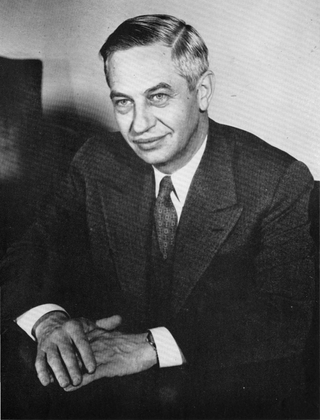
Lee Alvin DuBridge was an American educator and physicist, best known as president of the California Institute of Technology from 1946–1969.

Beckman Coulter, Inc. is a Danaher Corporation company that develops, manufactures, and markets products that simplify, automate, and innovate upon complex biomedical testing. It operates in two industries: Diagnostics and Life Sciences. For more than 80 years, Beckman Coulter Inc. has helped healthcare and laboratory professionals, pharmaceutical and biotechnology companies, universities, medical schools, and research institutions worldwide.

Charles Patrick "Chuck" Thacker was an American pioneer computer designer. He designed the Xerox Alto, which is the first computer that used a mouse-driven graphical user interface (GUI).
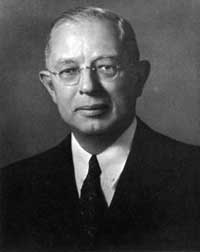
Harvey Seeley Mudd was a mining engineer and founder, investor, and president of Cyprus Mines Corporation, a Los Angeles–based international enterprise that operated copper mines on the island of Cyprus.

Peter Goldreich is an American astrophysicist whose research focuses on celestial mechanics, planetary rings, helioseismology and neutron stars. He is the Lee DuBridge Professor of Astrophysics and Planetary Physics at California Institute of Technology. Since 2005 he has also been a professor at the Institute for Advanced Study in Princeton, New Jersey. Asteroid 3805 Goldreich is named after him.
Seeley Wintersmith Mudd (1861–1926) was an American mining engineer.
Gerald J. Wasserburg was an American geologist. At the time of his death, he was the John D. MacArthur Professor of Geology and Geophysics, emeritus, at the California Institute of Technology. He was known for his work in the fields of isotope geochemistry, cosmochemistry, meteoritics, and astrophysics.
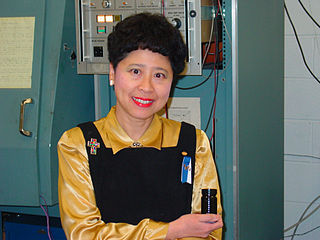
Deborah Duen Ling Chung is an American scientist and university professor.

The Santa Rosa Wilderness is a 72,259-acre (292.42 km2) wilderness area in Southern California, in the Santa Rosa Mountains of Riverside and San Diego counties, California. It is in the Colorado Desert section of the Sonoran Desert, above the Coachella Valley and Lower Colorado River Valley regions in a Peninsular Range, between La Quinta to the north and Anza Borrego Desert State Park to the south. The United States Congress established the wilderness in 1984 with the passage of the California Wilderness Act, managed by both the US Forest Service and the Bureau of Land Management. In 2009, the Omnibus Public Land Management Act was signed into law which added more than 2,000 acres (8.1 km2). Most of the Santa Rosa Wilderness is within the Santa Rosa and San Jacinto Mountains National Monument.
Herbert Bishop Keller was an American applied mathematician and numerical analyst. He was professor of applied mathematics, emeritus, at the California Institute of Technology.
Michael H. Dickinson is an American fly bioengineer and neuroscientist, and Zarem Professor of Biology and Bioengineering at the California Institute of Technology. He studies Drosophila flight control systems and sensory processing and was dubbed the Fly Guy by The Scientist.

Sean Carl Solomon is the director of the Lamont–Doherty Earth Observatory of Columbia University, where he is also the William B. Ransford Professor of Earth and Planetary Science. Before moving to Columbia in 2012, he was the director of the Department of Terrestrial Magnetism at the Carnegie Institute in Washington, D.C. His research area is in geophysics, including the fields of planetary geology, seismology, marine geophysics, and geodynamics. Solomon is the principal investigator on the NASA MESSENGER mission to Mercury. He is also a team member on the Gravity Recovery and Interior Laboratory mission and the Plume-Lithosphere Undersea Melt Experiment (PLUME).
References
- ↑ "Alumni - Caltech Seismological Laboratory".
- ↑ "CIRES History - Solid-Earth Sciences". Archived from the original on 2010-06-10. Retrieved 2010-04-06.
- ↑ "Geophysics" (PDF). calteches.library.caltech.edu.
- ↑ "Dr. Charles B. Archambeau". Archived from the original on 2010-07-14. Retrieved 2010-04-06.
- ↑ "Archived copy" (PDF). Archived from the original (PDF) on 2011-07-07. Retrieved 2010-04-06.
{{cite web}}: CS1 maint: archived copy as title (link)